Situated in the Peruvian highlands, close to Puno, the Chullpas of Cutimbo serve as a grand representation of the rich cultural legacy of the Lupacas, Collas, and Incas. These ancient funerary towers, akin to those found at Sillustani, offer a captivating insight into the mortuary customs and architectural skill of these pre-Columbian societies. This article explores the historical importance, architectural wonders, and the enigmas surrounding the Chullpas of Cutimbo.
The Cultural Heritage of the Chullpas
The Chullpas of Cutimbo are a remarkable reflection of the cultural and artistic achievements of the Lupacas, Collas, and Incas. These impressive structures functioned primarily as tombs for the elite, but also accommodated smaller graves for individuals from lower social classes. The diverse shapes—circular, square, and rectangular—each carry specific meanings and were often designated for distinguished individuals.
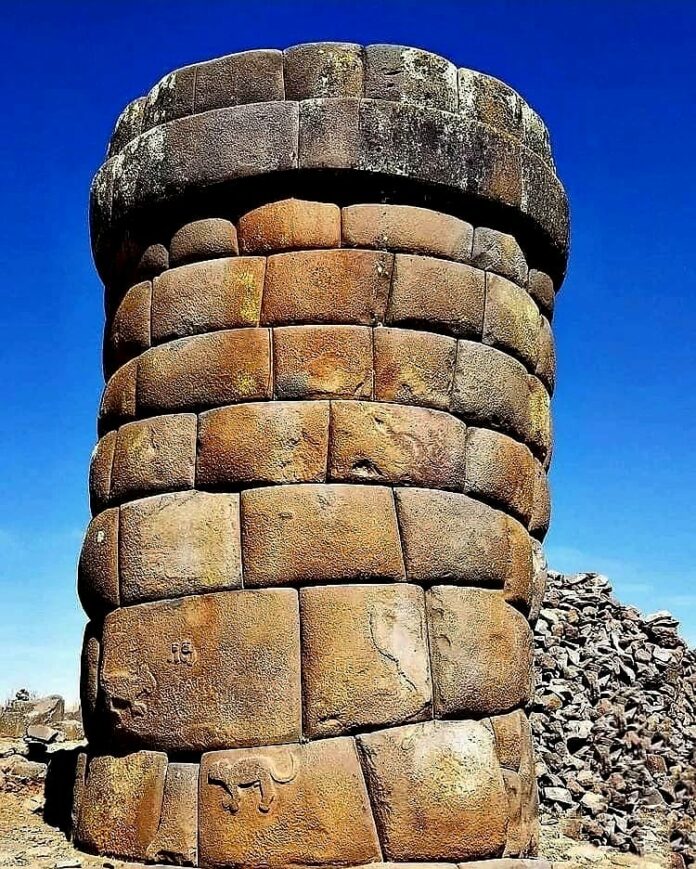
Architectural Characteristics of the Chullpas
Imposing Structures
The Chullpas vary in both shape and size, with the most notable being the large cylindrical towers. These edifices were carefully constructed from carved stone materials, with each block meticulously fitted together using only minimal mud mortar. The precise alignment and skilled craftsmanship indicate an advanced understanding of engineering and architecture.
Interior Arrangement
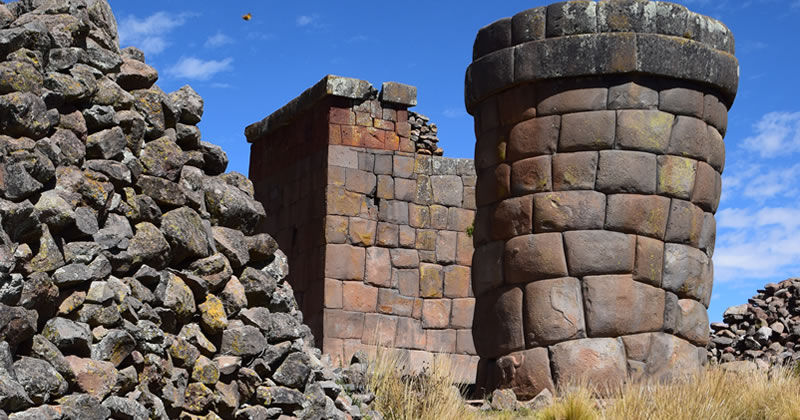
Within the Chullpas, the mortuary chambers typically feature conical designs, complete with false vaults and trapezoidal niches intended for mummified remains. These niches likely served as spaces for offerings placed alongside the deceased, emphasizing the ritualistic importance of these burials.
Orientation and Significance
Each Chullpa is designed with a single entrance that consistently faces east, possibly symbolizing a connection to celestial events or spiritual beliefs. The smaller tombs frequently held collective burials, where bodies were interred in a fetal position, wrapped in cloaks, and accompanied by offerings. This practice highlights the deep respect and care afforded to the deceased, reflecting intricate funerary rituals.
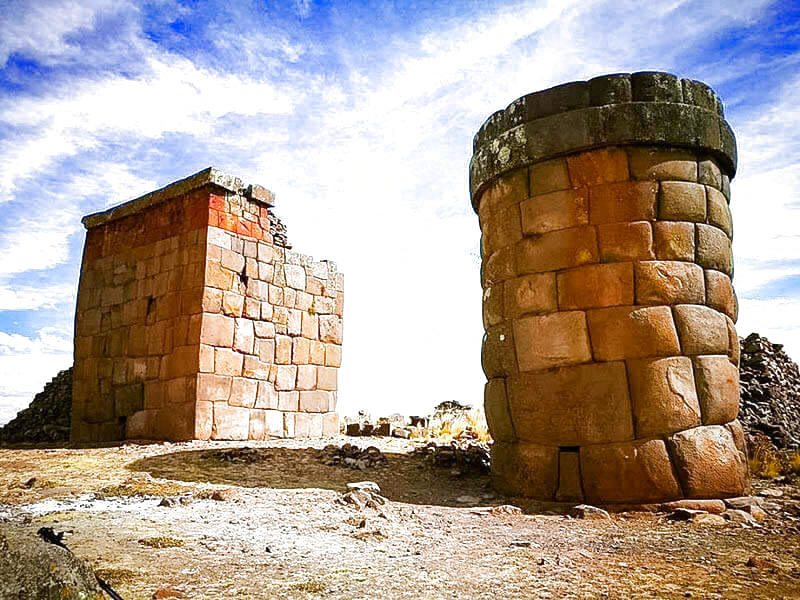
Mysterious Aspects and Theories
Despite significant research efforts, the precise purposes and methods behind these burials remain enigmatic. Some theories propose that these interments were sacrificial in nature, while others suggest they were part of elaborate rituals. The discovery of cave paintings dating back 8,000 years adds another layer of historical fascination, indicating that this site held considerable significance long before the Chullpas were built.
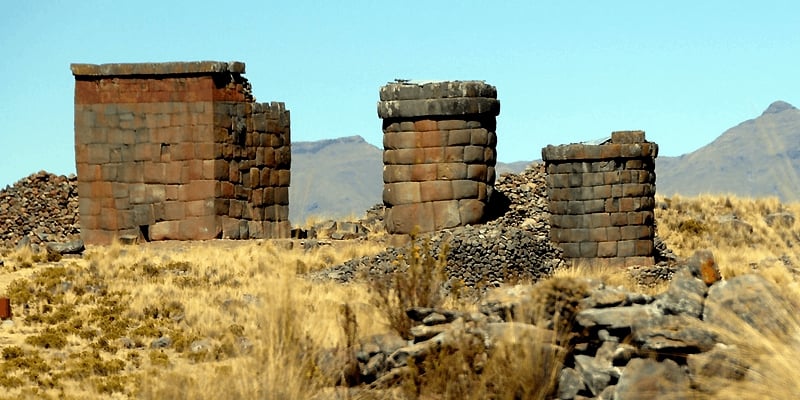
Historical Background
The Cutimbo Archaeological Complex dates from 1100 to 1532 AD, a period characterized by the emergence and decline of powerful Andean civilizations. The site served as a pre-Hispanic burial ground for the Lupaca and Colla peoples, with its structures revealing their advanced construction techniques and cultural practices. The name “Cutimbo” originates from “qutimpo,” which conveys a sense of return, possibly connected to spiritual beliefs regarding life and death.
Visiting the Chullpas of Cutimbo
To reach the Chullpas of Cutimbo, visitors embark on a brief journey from Puno. Buses are available to Cutimbo Hill, taking approximately 25 minutes. From there, a half-hour walk leads to the site, providing an opportunity to immerse oneself in the stunning Andean scenery and the historical ambiance of the Chullpas.
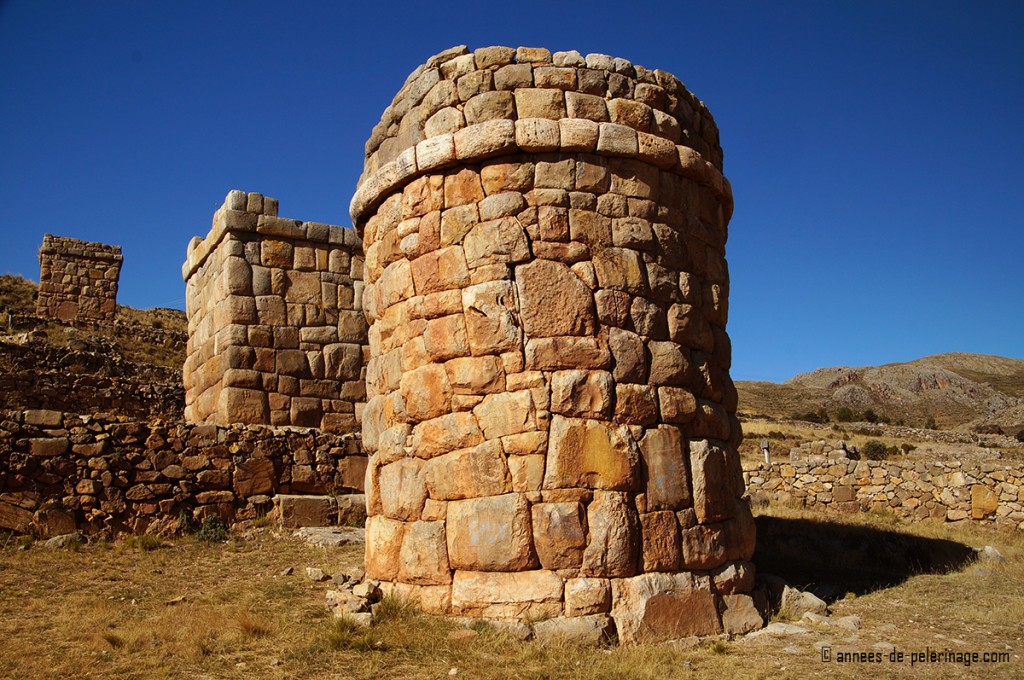
Conclusion
The Chullpas of Cutimbo represent a remarkable legacy of ancient Andean cultures, offering invaluable insights into their mortuary traditions, architectural brilliance, and spiritual beliefs. As researchers continue to unveil the mysteries of this site, the Chullpas remain a poignant reminder of the complex and rich history of the Lupacas, Collas, and Incas. For both visitors and historians, Cutimbo offers a profound connection to the past, inviting exploration and reverence for the enduring heritage of these ancient peoples.

